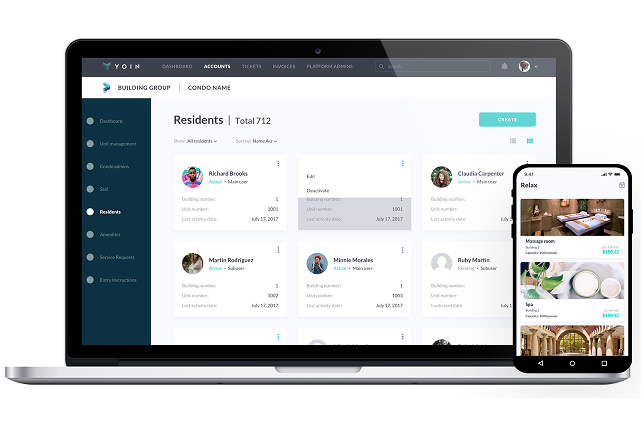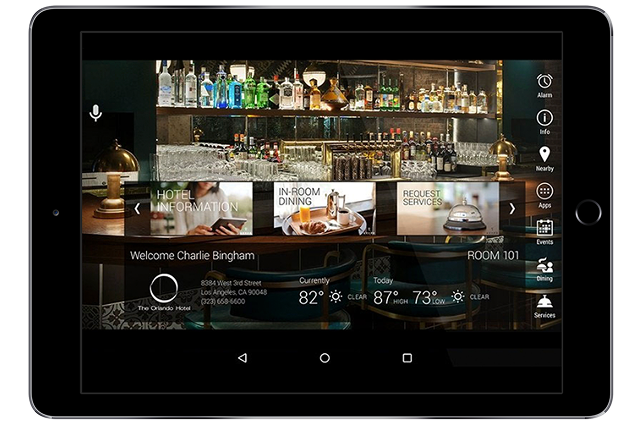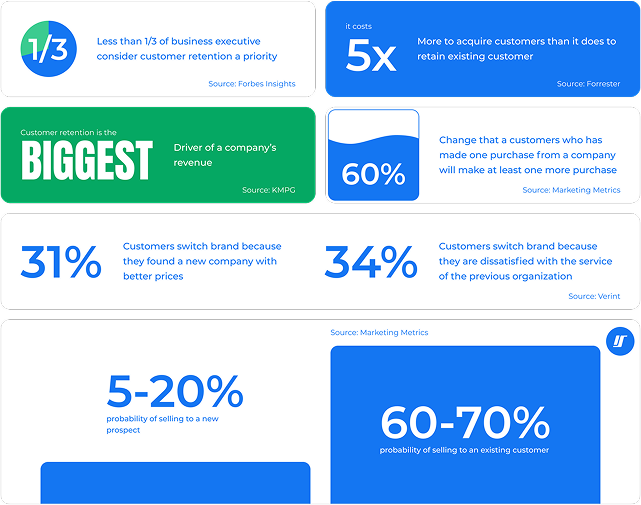In 2025, the decision between outsourcing and in-house development has become a pivotal consideration for businesses navigating the complexities of the modern tech landscape. Factors such as a competitive talent market, the rise of global collaboration, and mounting cost pressures have intensified this debate around in house vs outsourcing, making it more relevant than ever.
The global shortage of skilled IT professionals continues to grow, with demand far exceeding available talent. In 2024, a staggering 64% of IT recruiters worldwide reported that finding qualified candidates was their leading challenge. This shortage is particularly acute in specialized areas; for instance, over 21% of IT recruiters anticipate difficulties in hiring AI and machine learning specialists in 2025. To address talent shortages and manage costs, many organizations are turning to outsourcing. Forecasts indicate the global IT outsourcing market will reach $591.24 billion by the end of 2025, driven by a steady CAGR of 8.28% through 2029. Economic uncertainties and inflation have compelled businesses to scrutinize their expenditures. Outsourcing emerges as a viable strategy to manage development costs without compromising on quality, offering access to specialized skills and enabling scalability.
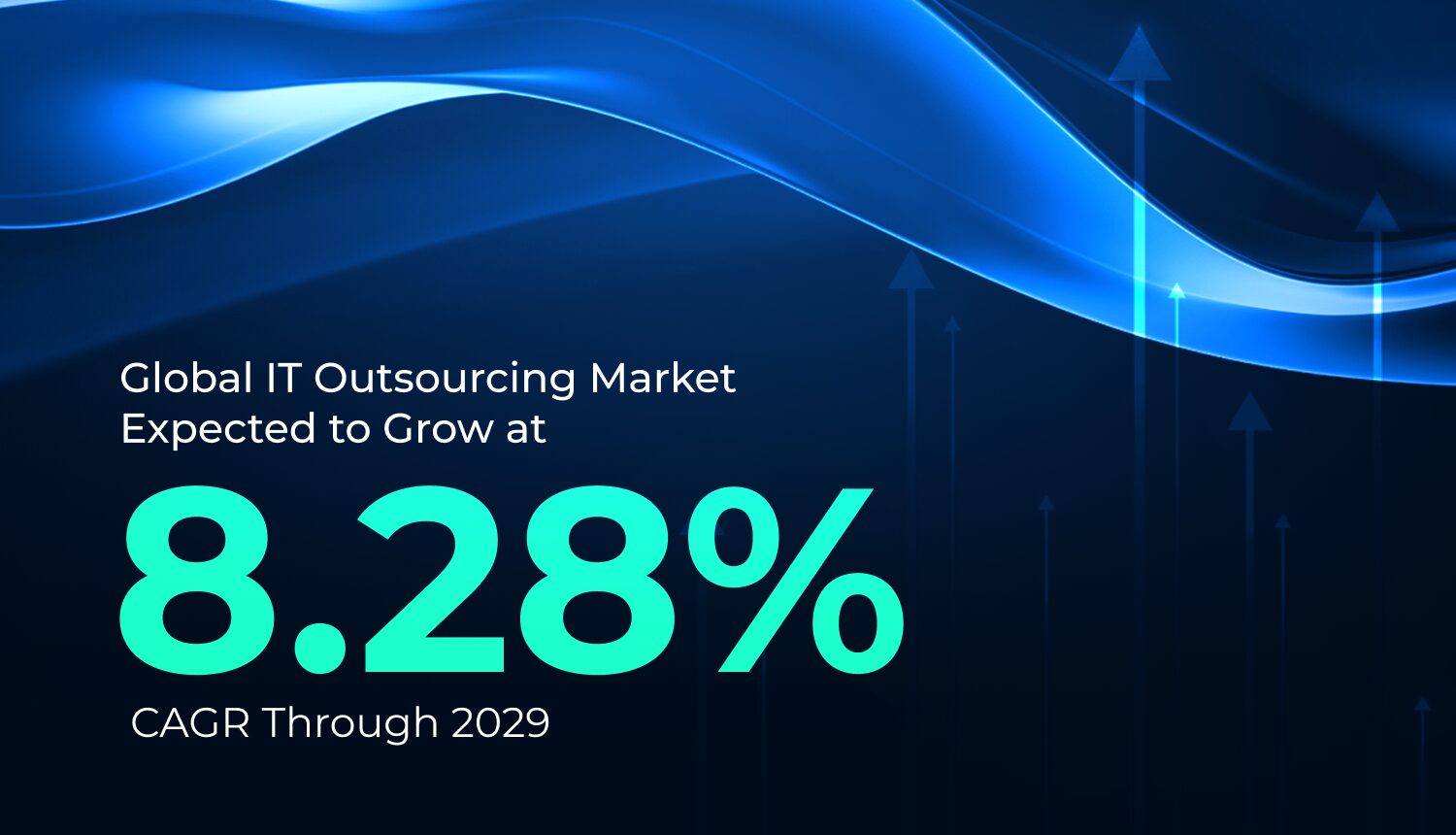
In this article, we will explore the advantages and disadvantages of both in house software development vs outsourcing. Our aim is to provide insights that will assist you in determining the most suitable approach for your business in 2025. Let’s talk about your development strategy↗.
What is In-House Development?
In-house development refers to building and maintaining software solutions using your company’s internal team, often evaluated in the context of in-house vs outsourcing pros and cons. These teams are composed of full-time employees—developers, designers, QA specialists, DevOps engineers, and product managers—who are directly hired, managed, and integrated into your organization. This model gives companies full ownership of their development process and intellectual property. Typically, in-house development is preferred when the software is a core part of the business strategy or when maintaining strict data privacy and security is non-negotiable. It also suits companies aiming to foster long-term product evolution and cross-functional team collaboration. As the in house vs outsourcing discussion gains relevance in 2025, understanding the nuances of in house development vs outsourcing is essential for making informed, strategic decisions.
Pros of In-House Development
Choosing in-house development brings several advantages, especially for companies prioritizing full control, deep alignment, and long-term product ownership. In the context of the in-house vs outsourcing software development debate, it allows for a more integrated development process and a stronger cultural fit—making it a compelling option for businesses with clearly defined roadmaps and internal capabilities.
Greater control and oversight
In-house teams work within your organizational structure and report directly to your internal leadership. This ensures complete visibility into the development process, making it easier to enforce standards, prioritize tasks, and implement changes in real time. You can course-correct quickly based on shifting requirements without relying on vendor timelines or external approval cycles. This hands-on control often results in higher consistency, better decision-making, and fewer delays.
Stronger team alignment
When your developers are part of your company, they gain a deep understanding of your mission, product goals, and user base. This alignment fosters better collaboration across departments, especially between engineering, product, and marketing teams. It also helps create a shared sense of ownership, where teams are motivated to deliver not just a working solution, but the right one for your users and business outcomes.
Long-term investment
Building an in-house team is a strategic move for companies planning to iterate and scale over time. Internal teams accumulate valuable institutional knowledge—about your systems, infrastructure, user behavior, and domain—which reduces the learning curve and improves development continuity. They also offer stability for long-term maintenance, system evolution, and continuous improvement, making them well-suited for organizations with ongoing product roadmaps.
Cons of In-House Development
While in-house development offers full control and alignment, it also comes with notable trade-offs. The approach is resource-intensive, requiring significant investment in recruitment, training, infrastructure, and employee benefits—especially in high-cost regions. Hiring can be slow, with roles taking weeks to fill, and scaling the team quickly to meet demand is often difficult. These factors can limit agility and increase overhead, making in-house teams better suited for long-term, strategically critical projects rather than fast-paced or cost-sensitive initiatives.
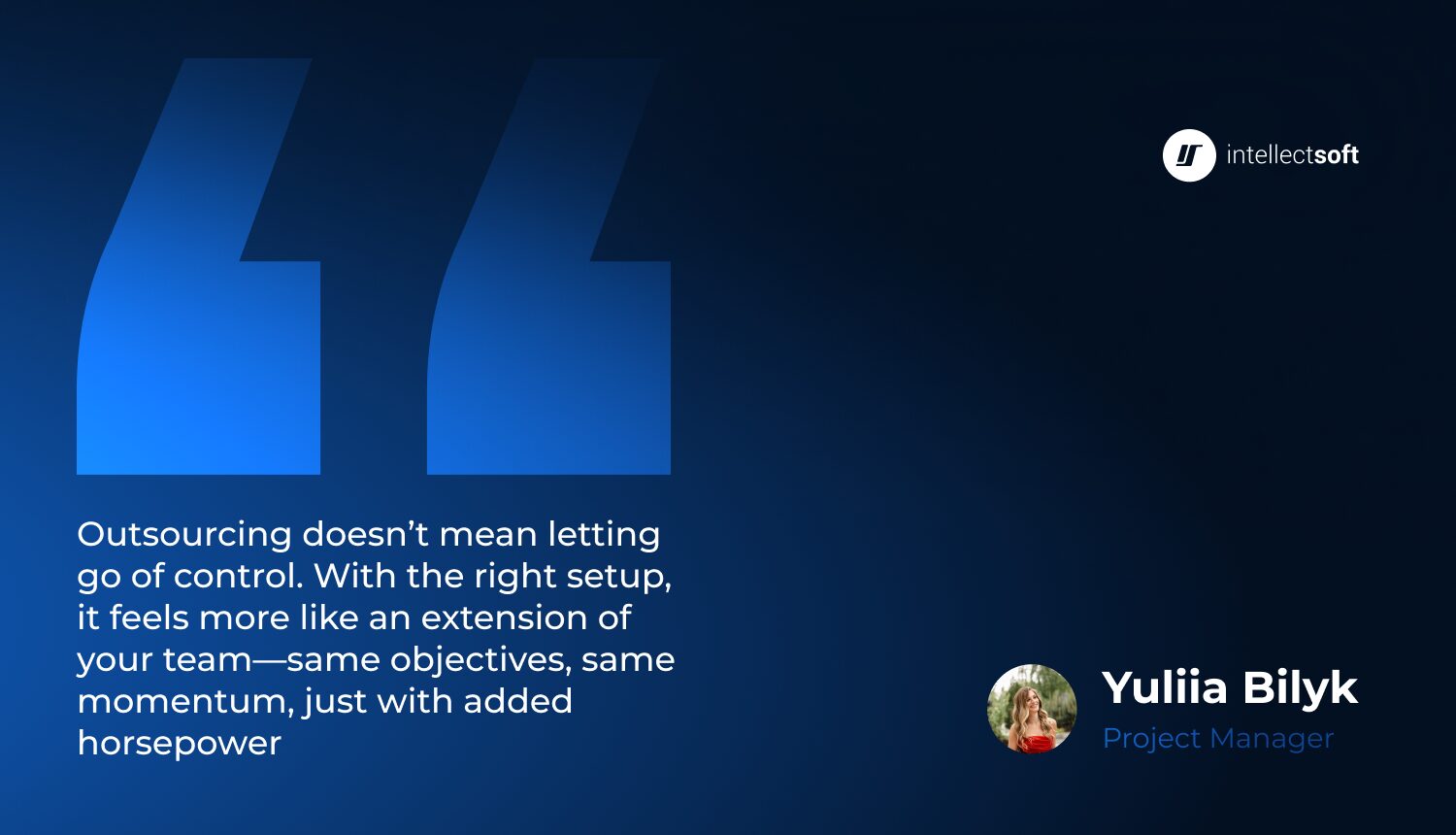
What is Outsourced Development?
Outsourced development involves partnering with external vendors to handle part or all of your software development process. This approach can take various forms depending on your goals, timeline, and internal capabilities. Common models include offshore outsourcing (working with teams in distant time zones), nearshore outsourcing (partnering with teams in nearby regions or overlapping time zones), dedicated team models (long-term external teams integrated into your workflow), and project-based outsourcing, where a vendor delivers a clearly defined solution end-to-end.
Outsourcing is often chosen by companies looking to speed up development, access hard-to-find talent, or manage costs more effectively—especially when internal resources are stretched or unavailable. In recent years, it has become a go-to strategy for businesses that need agility and expertise without the overhead of hiring and managing a full in-house team. Let’s discuss your in-house vs outsourcing approach↗.
Pros of Outsourced Development
For companies facing tight deadlines, talent shortages, or the need to scale quickly, outsourcing can provide the flexibility and momentum needed to keep projects moving forward. It allows organizations to remain focused on core business functions while still delivering quality digital products—without the operational burden of team building and long-term hiring.
Cost Efficiency
By working with development teams in cost-effective regions, companies can significantly reduce expenses on salaries, benefits, equipment, and office space. This unlocks budget for other critical initiatives—like marketing, innovation, or scaling product features—while retaining access to top-tier talent. It’s especially valuable for startups and mid-sized firms that need to stay lean and competitive without sacrificing quality. With the right outsourcing partner, businesses can achieve predictable cost control and reliable outcomes, even under tight financial constraints.
Faster Time to Market
Outsourced teams are often fully staffed and ready to begin immediately, reducing the time needed for recruitment and onboarding. Most vendors have mature delivery frameworks, technical infrastructure, and experience launching products across industries. This enables businesses to hit aggressive go-to-market deadlines and respond quickly to market feedback or competitive shifts. When speed is critical, outsourcing helps companies avoid delays and stay ahead without overwhelming internal resources.
Access to Specialized Talent
Outsourcing provides instant access to global talent with advanced skills in high-demand areas like AI/ML, cloud engineering, and cybersecurity. Hiring these specialists internally can be slow, expensive, or even unrealistic—especially in tight labor markets. Vendors typically maintain a pool of pre-vetted experts who can be deployed quickly and efficiently across projects. This not only strengthens your tech stack but also enables innovation without the long-term commitment of full-time hires.
Cons of Outsourced Development
The main challenges of outsourcing typically revolve around communication, vendor dependency, and maintaining quality. Working across time zones may require more structured coordination, and not all providers deliver the same level of performance—making careful vendor selection and clear expectations essential. For many companies, outsourcing offers a flexible, cost-effective path to scaling development without overextending internal resources.
Key Comparison
Choosing between in-house and outsourced development isn’t about picking a universally better model—it’s about finding the right fit for your organization’s current needs, long-term vision, and operational realities. Factors like budget, time-to-market, internal expertise, and sensitivity of the product all influence the direction you take. While in-house development offers tight control and cultural alignment, outsourcing provides flexibility, speed, and access to global talent.
Below is a side-by-side comparison of key factors to consider when evaluating in-house vs outsourcing software development, helping you weigh the trade-offs and make an informed, strategic decision.
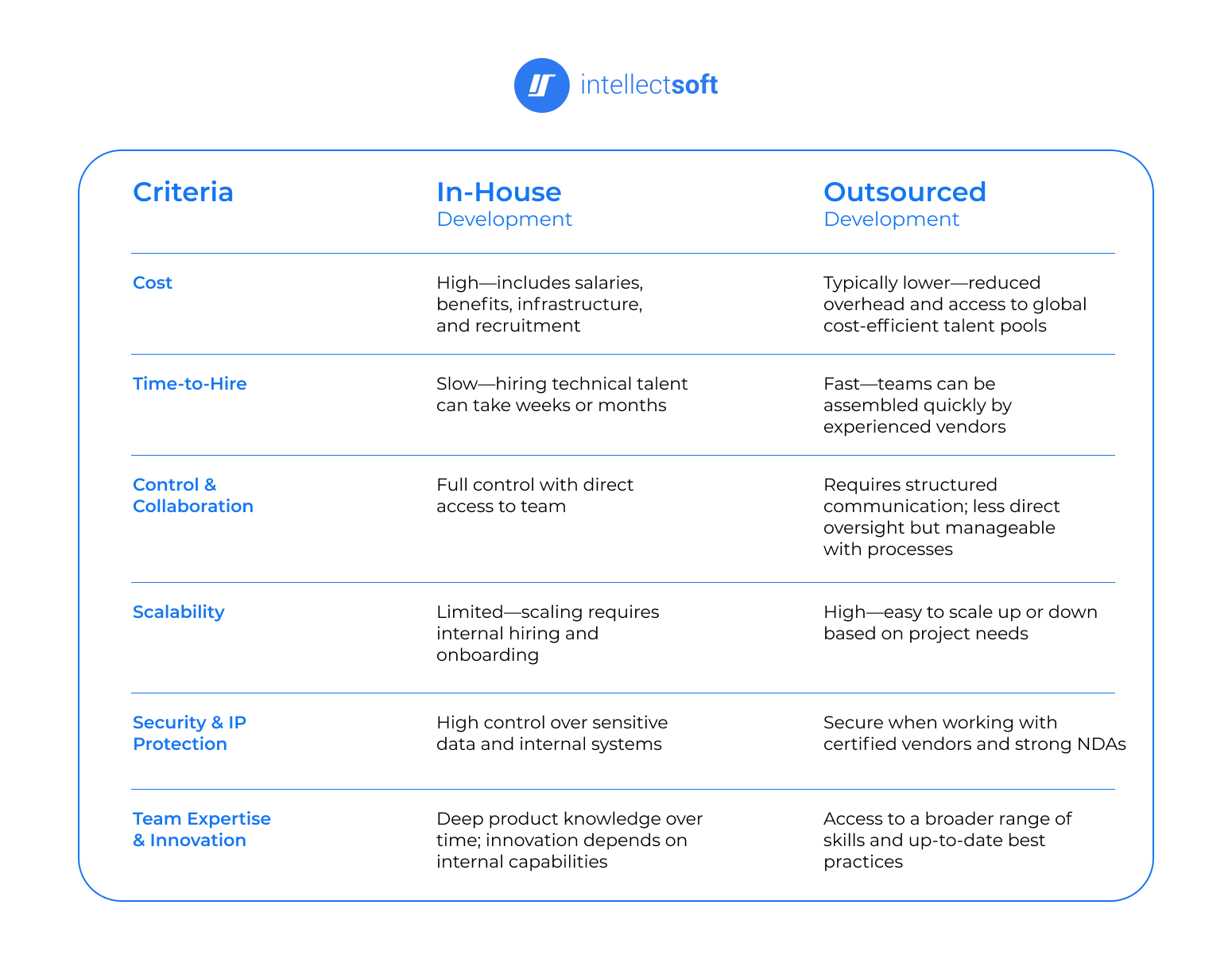
Each model has its strengths, and the right choice depends on where your business is today and where it’s headed. If your product demands full control, deep integration with internal teams, and a long-term development roadmap, in-house development can provide the stability and alignment you’re looking for. It’s often a solid path for companies with strong internal processes, ample time, and a well-established tech culture.
That said, outsourcing tends to offer more flexibility in fast-paced environments. It allows businesses to reduce costs, speed up time-to-market, and tap into specialized talent without long hiring cycles. For many companies—especially those facing aggressive deadlines, talent shortages, or changing priorities—outsourcing is a practical way to stay competitive and scale with confidence.
Ultimately, the in-house vs outsourcing decision should be driven by your goals, constraints, and desired level of agility. A thoughtful assessment of these factors will help you choose the model that best supports both your current needs and future growth.
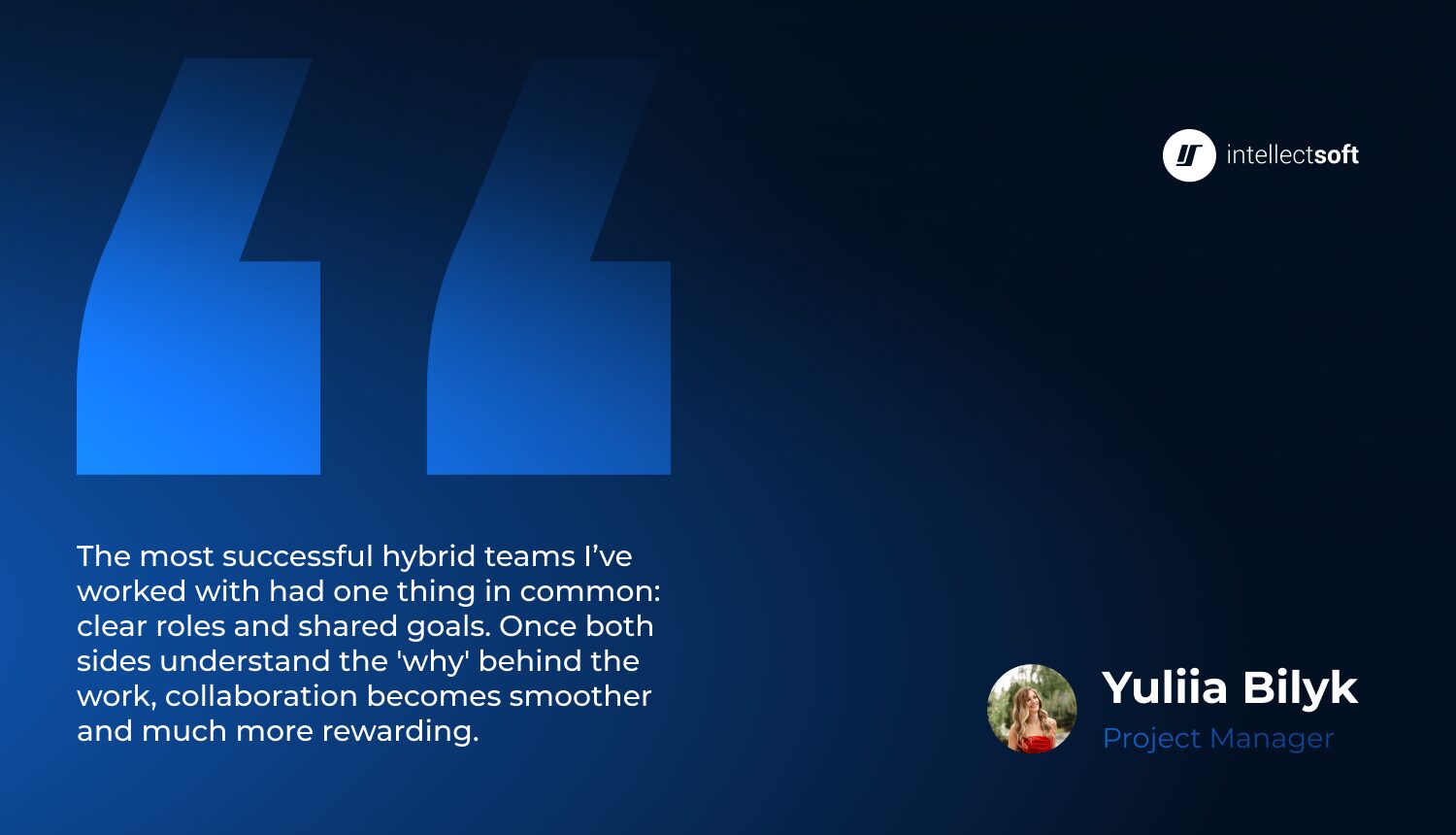
Hybrid Approaches: Best of Both Worlds
For many organizations, especially those in transition or scaling mode, choosing between in-house and outsourced development doesn’t have to be a binary decision. A hybrid approach—blending internal teams with external partners—can deliver a tailored, agile solution that evolves alongside the business.
This model allows companies to retain ownership of high-impact areas like product vision and core architecture, while outsourcing execution-heavy tasks or specialized roles. It brings together internal context and external capability, reducing pressure on internal teams without sacrificing speed, innovation, or quality.
Common Hybrid Models:
- Internal product managers + outsourced developers
- In-house design + external engineering
- Internal architecture + external QA
- External teams for MVPs + internal takeover post-launch
- In-house team + nearshore DevOps or support
- Remote R&D teams + internal implementation
- Internal leadership + dedicated external delivery squad
- External tech lead + internal product team
- Fully outsourced feature team + internal oversight
- Internal discovery + outsourced end-to-end development
- External teams managing maintenance + internal team driving new builds
- Outsourced team handling ongoing releases + internal team leading innovation
- Internal PO + external cross-functional team (dev, QA, PM, design)
- Internal CTO + outsourced tech team covering all delivery layers
Hybrid models shine when they’re backed by intentional planning and clear communication. Without the right structure, they risk becoming fragmented or misaligned. But when done well, they create a powerful balance of flexibility and control—helping companies meet short-term goals while supporting long-term growth. This is particularly useful for companies entering new markets, experimenting with new features, or modernizing existing systems without overextending internal resources.
Even for more mature teams, hybrid development can solve specific resourcing gaps, like temporarily scaling to meet a deadline or bringing in hard-to-find expertise. It enables tech leaders to stay focused on strategy and roadmap execution while relying on trusted partners to help carry the delivery load—a flexible approach that bridges the gap between in-house vs outsourcing software development.
Key Success Factors:
- Strategic distribution of responsibilities
- Unified workflows and tools
- Consistent delivery standards
- Mutual trust and accountability
To make this model work, it’s critical to clarify expectations early. Assign roles based on strengths—internal teams may lead innovation and long-term planning, while outsourced partners focus on execution and efficiency. Use integrated communication platforms and shared documentation to create a seamless working environment, regardless of location or team structure.
Ultimately, hybrid development offers a scalable, adaptable model that suits companies in various stages of growth. It’s not just a workaround—it’s a strategic choice that can enhance delivery speed, optimize budgets, and strengthen overall execution. Explore the right development model for your business↗.
When done right, it’s the best of both worlds: control where it matters, flexibility where it counts.
Final Thoughts: What’s Best for Your Business in 2025?
There’s no one-size-fits-all answer to the in-house vs outsourcing question—especially in 2025, when speed, flexibility, and access to talent are more critical than ever. The right development model depends on your company’s current stage, internal capabilities, time constraints, and long-term vision—especially when considering in-house software development vs outsourcing.
When evaluating your options, consider key factors like budget, hiring timelines, control needs, scalability, and your ability to manage hybrid or remote teams. In-house development may offer deeper alignment and continuity, but it comes with higher costs and slower scaling. Outsourcing, on the other hand, provides agility, cost efficiency, and access to specialized skills—particularly when timelines are tight or resources are limited.
A hybrid model enables you to retain strategic control while augmenting your team with external experts who help deliver faster and more efficiently—offering a balanced approach to in-house vs. outsourcing.
At Intellectsoft, we’ve spent nearly 20 years helping companies—from startups to Fortune 500s—navigate this decision. Whether you need to expand your capabilities, accelerate a product launch, or build a fully managed development team, our outsourcing expertise and tailored approach can help you move forward with confidence.
Take the time to assess your goals, risks, and available resources. A clear-eyed look at what your business truly needs will guide you toward the right model—not just for today’s project, but for future growth as well.
Subscribe to updates
Source link








